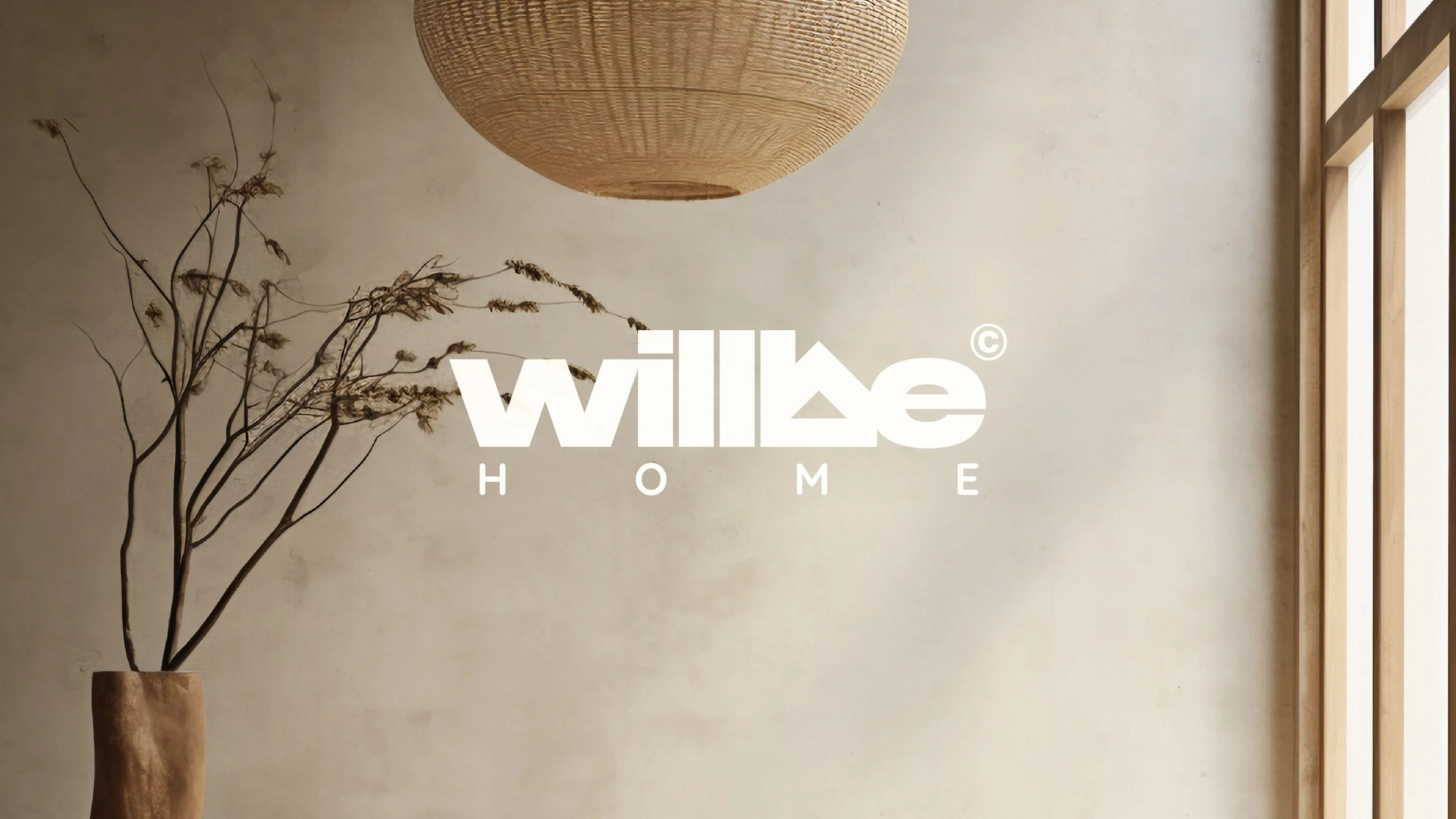The Power of Negative Space in Logo Design
© 2024 Mondelez International
If you’ve ever stared at a logo and suddenly realized it’s hiding something clever in plain sight—like the arrow in FedEx or the bear in the Toblerone mountain—congrats, you've just met the magic of negative space. It’s that subtle visual trickery that turns a good logo into a great one. And no, it’s not just about leaving some stuff out to make things look “clean.” Negative space, when used with intention, adds depth, wit, and that “ohhh, now I see it” factor that sticks in people’s brains.
But let’s be real: pulling it off isn't always simple. It requires a solid understanding of visual hierarchy, shape psychology, and how the eye processes form. The good news? You don’t need to be a design wizard to get the hang of it. You just need to understand how negative space works, when to use it, and how to make it serve your brand story rather than just being a design gimmick.
What Is Negative Space Anyway?
Negative space (also called white space) is the area between, around, or inside objects in a design. It's not “nothing”—it’s actually a key player in how we perceive shape and meaning. Think of it like the pause in a great song—it gives structure, emphasis, and emotional rhythm. In logo design, it can make a mark more elegant, more meaningful, and way more memorable.
But this isn’t just about making things look tidy. It’s about using visual breathing room as a strategic design element. When done right, it can say more than a thousand words—without actually saying anything at all.
Logo Design for Willbe Home © Vermeulen Design Studio
Why Negative Space Works So Well in Logos
Logos need to do a lot with very little. They have to be simple, scalable, unique, and instantly recognizable. Negative space helps achieve all of that by adding depth and dimension without adding clutter.
From a branding perspective, a logo with clever negative space often sparks curiosity and leaves a lasting impression. It's like a secret handshake with your audience—those who notice it feel smart and connected to the brand. Plus, in a world overflowing with visual noise, designs that breathe a little stand out. They give your audience a visual break—and in that pause, your brand has a better chance of being remembered.
Techniques to Master Negative Space in Logo Design
Alright, let’s talk shop. How do you actually use negative space effectively?
It starts with the basics: think in shapes, not lines. Outline your primary symbol or letterform, and then ask yourself: what isn’t there? What can be removed to reveal something new? Think in layers and silhouettes. Can one shape serve two meanings at once?
Playing with symmetry, contrast, and alignment also helps. Sometimes rotating or flipping a single element reveals an entirely new idea. It’s like solving a puzzle—but you’re the one making up the pieces.
And a word of caution: while it’s tempting to force a clever element into every corner, subtlety is key. If your viewer needs a decoder ring to get the logo’s hidden meaning, the message is probably getting lost. Clever doesn’t mean confusing.
Famous Logos That Nailed It
Let’s take a quick look at a few brands that used negative space like total pros:
© FedEx 1995-2025
FedEx: That famous hidden arrow between the E and the X wasn’t a happy accident—it’s a brilliant use of negative space that reinforces the brand’s core message: speed and direction.
© 2025 NBCUniversal Media, LLC
NBC: The colorful peacock in the NBC logo isn’t just eye candy. The negative space between the rainbow segments reveals the bird’s body and beak, tying perfectly into their slogan: “More Colorful.”
Logo by Richard Fonteneau
Spartan Golf Club: This lesser-known gem shows a golfer in mid-swing, but the negative space also forms the profile of a Spartan warrior. Double meaning, minimal fuss.
© The Guild of Food Writers
Guild of Food Writers: A fountain pen nib with a spoon hidden in the negative space—chef’s kiss. Simple, elegant, and on-brand.
Common Pitfalls to Avoid
While negative space can be powerful, it’s also easy to overdo or misuse. One of the biggest mistakes is treating it like a party trick. If the concept doesn’t support the brand’s story, it becomes style over substance.
Another common trap is legibility. Cleverness shouldn’t come at the cost of clarity. Your audience shouldn’t have to squint or tilt their head to figure out what they’re looking at.
Finally, over-complication kills. Negative space works best when the idea is simple and the execution is precise. If you’re not sure whether an idea lands, test it. If 3 out of 5 people don’t “get it,” it might need refining.
Designing with Intention
At its core, using negative space well is about storytelling. It’s about designing not just what your logo shows, but what it implies. And when that’s aligned with your brand’s purpose, it becomes powerful.
Whether you’re working on a luxury fashion label, a tech startup, or a nonprofit, a logo that uses negative space well can express values like elegance, intelligence, innovation, or trust—with a single glance.
Want a Logo That Works on All Levels?
Negative space can elevate your logo from “looks nice” to “wow, that’s clever.” If you’re curious about how this could apply to your own branding, I’d love to help. I work with businesses of all sizes to create custom logo designs that are both smart and stunning—and yes, I do have a soft spot for a cheeky bit of negative space. Let’s build something that says more by showing less.









